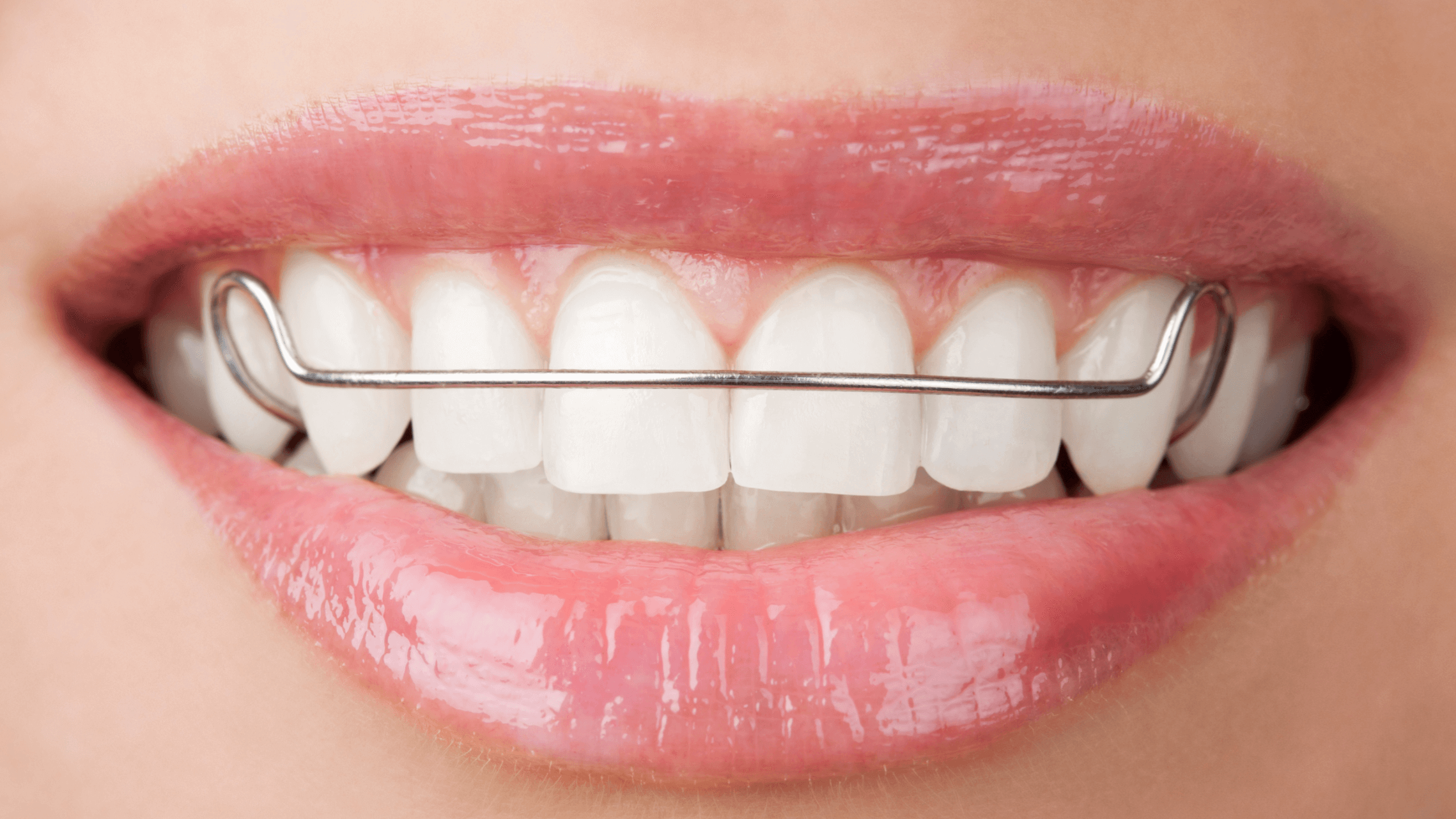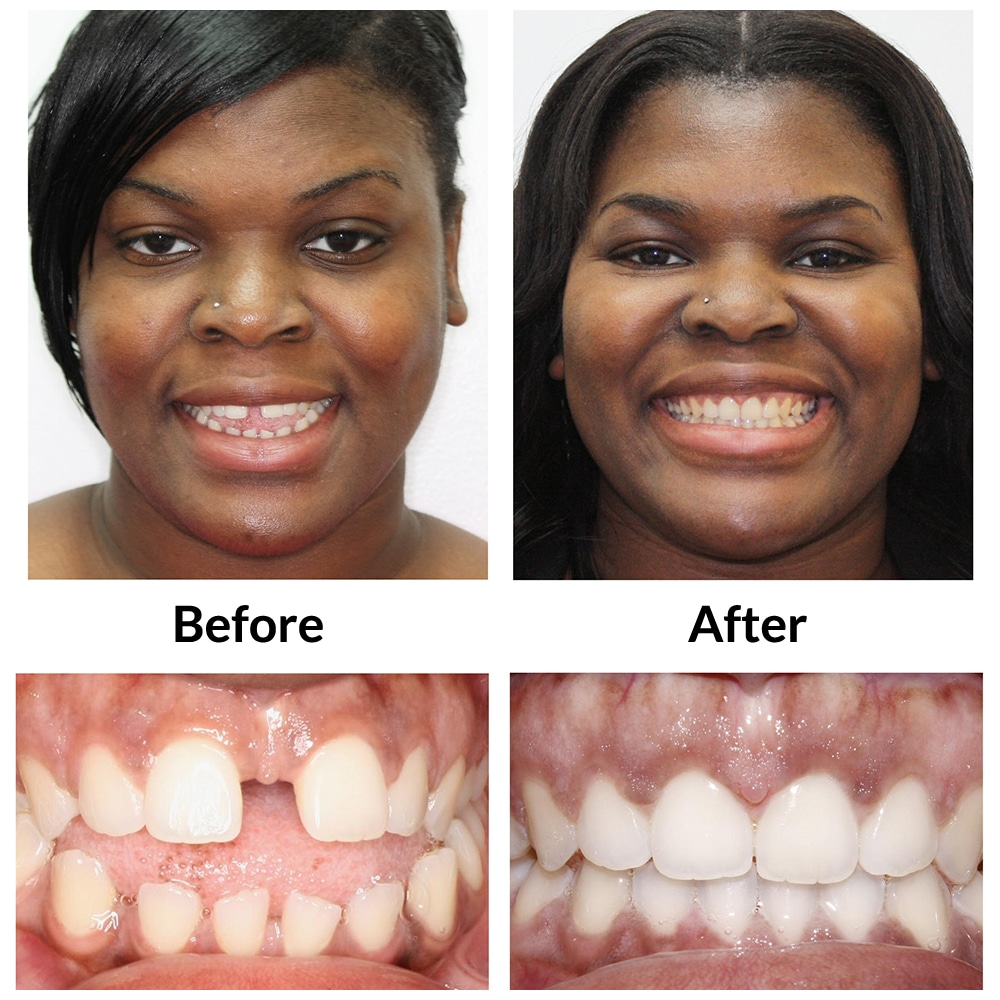Top Reasons to Choose Invisalign Over Other Orthodontic Treatments
Top Reasons to Choose Invisalign Over Other Orthodontic Treatments
Blog Article
Invisalign vs. Typical Braces: Which Choice Is Right for You?
When taking into consideration orthodontic treatment, the choice between Invisalign and standard dental braces offers numerous important elements that merit cautious analysis. Invisalign offers a discreet alternative with removable aligners, while conventional braces offer an extra noticeable yet reliable remedy for extreme imbalance. Each alternative incorporates distinctive advantages and downsides connected to looks, convenience, therapy duration, and expense. Comprehending these nuances is vital for making a notified choice that lines up with your personal preferences and lifestyle. The question remains: which option will best meet your orthodontic needs and expectations?
Overview of Treatment Choices

On the other hand, typical braces consist of steel braces and wires that are bound to the teeth. This approach applies constant stress over time to accomplish placement. While effective for intricate orthodontic issues, conventional dental braces need normal sees for modifications and can posture challenges in preserving dental hygiene because of the trouble of cleansing around wires and brackets.
Both alternatives have their advantages, and the selection frequently pivots on particular dental problems, lifestyle preferences, and person conformity. Inevitably, seeking advice from an orthodontic professional is vital for establishing the most appropriate therapy strategy tailored to specific needs. Understanding the nuances of each alternative can substantially influence the general success of orthodontic therapy.
Visual Factors To Consider
A substantial element affecting the option between Invisalign and conventional braces is the aesthetic allure each therapy uses. Invisalign aligners are crafted from clear plastic, making them essentially undetectable when used. This discreet appearance is particularly interesting young adults and grownups that might feel uneasy about their orthodontic therapy. The ability to maintain a natural smile throughout the positioning procedure can significantly improve the person's self-confidence in professional and social settings.
In contrast, traditional dental braces include metal braces and cables, which can be extra obvious. While improvements in orthodontic technology have resulted in the development of smaller brackets and tinted elastics, standard braces still maintain an even more conspicuous profile. For some people, the visibility of braces may discourage them from looking for necessary treatment.
Eventually, the selection between Invisalign and conventional dental braces might rest on personal choices concerning aesthetics. People that focus on discretion commonly favor Invisalign, while those that are much less concerned regarding presence might choose for standard braces. Comprehending the aesthetic implications of each choice is vital for making an educated decision that lines up with one's way of living and preferences.
Convenience and Convenience
&srotate=0)
In terms of convenience, Invisalign aligners are removable, enabling patients to enjoy their favorite foods without limitation and maintain optimum dental hygiene. here are the findings Brushing and flossing are streamlined, as the aligners can be gotten during these regimens, whereas standard braces call for mindful navigating around brackets and wires.
In comparison, typical dental braces require regular adjustments, making them much less convenient for those with active routines. In general, the convenience and comfort of Invisalign make it an attractive option for many people seeking orthodontic treatment.
Therapy Duration and Effectiveness
While both Invisalign and traditional braces work in correcting oral imbalances, the duration of treatment can differ substantially between the this contact form 2 alternatives. Commonly, Invisalign treatment can take anywhere from 12 to 18 months, depending upon the complexity of the situation. The clear aligners work by gradually changing teeth into their preferred placements, and routine follow-ups with an orthodontist aid ensure development stays on the right track.
In comparison, traditional braces typically call for a longer dedication, generally varying from 18 months to three years. This is because of their fixed nature and the use of cables and braces, which can be a lot more reliable for extreme imbalances and intricate instances (Invisalign). The therapy efficiency of typical dental braces is well-documented, as they permit precise modifications and higher control over tooth activity
Ultimately, the option between Invisalign and conventional braces may rest on both the anticipated treatment duration and the specific dental issues available. Consulting with an orthodontist is crucial, as they can provide tailored suggestions based on private requirements, making sure the chosen approach aligns with wanted timeframes and outcomes.
Cost Comparison and Insurance Coverage Alternatives
Price plays a substantial role in the decision-making process for people considering orthodontic treatment, whether selecting Invisalign or traditional dental braces. Usually, the price of Invisalign ranges from $3,000 to $8,000, while traditional braces generally cost between $2,000 and $6,000. Aspects affecting these prices consist of the intricacy of the instance, the period of therapy, and geographical location.
Numerous oral insurance policy strategies offer partial protection for orthodontic therapies, yet the specifics can differ extensively. Generally, traditional dental braces might be more regularly covered by insurance coverage plans compared to Invisalign, which some insurance companies categorize as an aesthetic treatment.
Additionally, a number of orthodontic practices supply adaptable payment plans, making both treatment choices extra available. Individuals need to make inquiries concerning possible funding alternatives and discounts for upfront payments. Evaluating the complete price, consisting of insurance benefits and layaway plan, is vital for making an educated my latest blog post choice that straightens with both visual choices and budget plan factors to consider.

Final Thought
In recap, the option between Invisalign and conventional braces depends upon multiple factors, consisting of visual choices, convenience, therapy period, and expense. Invisalign provides a discreet, detachable alternative that promotes dental health and dietary flexibility, while traditional dental braces might be a lot more appropriate for complicated dental issues and frequently come at a lower rate factor. Eventually, examination with an orthodontist is vital to examine private scenarios and figure out one of the most proper therapy choice for accomplishing optimal dental placement.
When taking into consideration orthodontic therapy, the selection in between Invisalign and standard braces presents several important aspects that merit careful assessment.Comparing Invisalign and traditional dental braces discloses distinctive therapy alternatives for orthodontic improvement.While both Invisalign and typical braces are reliable in dealing with oral misalignments, the duration of treatment can differ substantially in between the 2 options.Cost plays a significant role in the decision-making procedure for individuals taking into consideration orthodontic treatment, whether deciding for Invisalign or traditional dental braces.In recap, the choice in between Invisalign and typical braces pivots on numerous aspects, including aesthetic choices, comfort, therapy period, and cost.
Report this page